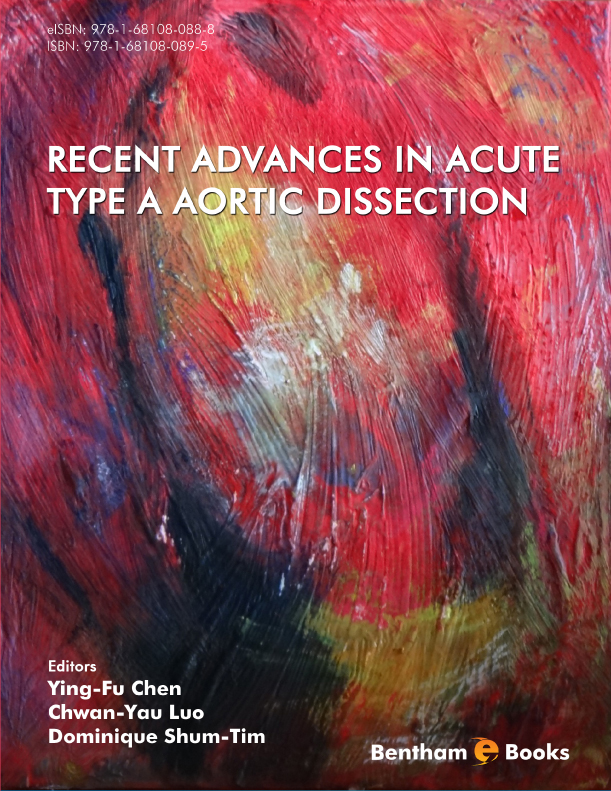“Learning without thinking is begets ignorance”
“Thinking without learning is perilous”
Confucius
Cardiovascular diseases remain one of the most common causes of death worldwide. Parallel to the remarkable improvement in the treatment of patients with this common disease, advanced age and comorbidities of the patient population undergoing surgery are also increasing at a rapid pace. Many previously high-risk cardiac procedures, such a complex heart valve repair/replacement concomitant with coronary artery bypass surgery, and an arterial switch operation to transpose great arteries and many acquired and congenital malformations, can now be done at a much lower risk and with a single-digit mortality rate. Yet, certain cardiovascular diseases still pose a significant challenge even in the current era of high-tech molecular medicine and precision robotic and laser-based medical technologies.
Modern paleoclimatology provides irreplaceable tools in constructing increasingly confident histories or chronologies of past climatic changes using natural archives. High-resolution paleodata are particularly perspective. Dendroclimatological reconstructions, which use tree-rings as climate proxies, have the advantage of annual resolution. Stable isotope data (18O, D) make it possible to investigate climate variability over much longer time scales often with annual resolution too. Borehole temperature measurement, paleobotanic data, historical documentary records and melt layer thickness are other proxies used by paleoclimatology.
Type A acute aortic dissection (TAAAD) is an acute cardiovascular event that is associated with extremely high mortality if not addressed on time. In the current literature, the surgical mortality of this acquired disease averages over 20-25% despite various surgical techniques to reduce it. TAAAD is an interesting disease because it is predictably associated with genetic conditions such as Marfan Syndrome, yet it occurs in patients with no known predisposing risk factors. The surgical management of TAAAD also varies tremendously depending on the pathologies involved on presentation. Almost the entire spectrum of cardiac surgery can be implicated in the management of TAAAD, ranging from a simple replacement of the ascending aorta to aortic root sparing or replacement, and an aortocoronary bypass to total arch and descending aortic stenting involving hypothermic circulatory arrest or other cerebral protection strategies. Interestingly, the intraoperative surgical management of TAAAD has an important effect on the long-term natural history and progression of the disease. Emerging evidence suggests that concomitant management of the arch and descending aorta is associated with better long-term outcomes and minimizes the need for future redo procedures in patients who are operated on for TAAAD. Diagnostic and follow-up imaging technologies are also evolving, and newer diagnostic modalities are available for follow-up and diagnosis.
We believe that the book will not only help the readers in developing a better understanding of the solar and climatic variability and solar-terrestrial interactions but will emphasize the necessity of further systematic and intensive study in all these areas.
This eBook contains a collection of comprehensive review essays from many experts on TAAAD. The latest opinions and consensuses on genetic predisposition, diagnostic modalities, intraoperative management, surgical options, cerebral protection strategies, and long-term follow-up can be found in this volume.
We sincerely thank the authors for their contributions, their effort, and their patience. We also thank Salma Sarfaraz, the Manager of Publications for Bentham Science Publishers, for her seemingly infinite patience. We are grateful to our English editor, Bill Franke. His help has been incredibly important, and his experience invaluable. We are also indebted to Ms. Jade Yu-Ching Huang, our Publishing Process Manager, who has made important contributions to this eBook. We especially thank our medical artist, Prof. I-Wen Huang for her magnificent drawings for our eBook cover picture and the well-designed back cover.
Finally, we acknowledge the support of our families and the many sacrifices they have made to allow this eBook to become a reality. Our wives, Jane-Jane Wang, Ruey-Ling Huang, and Veronique Chu, are our greatest source of support and encouragement, and their love and support make all of what we have done worthwhile.
Ying-Fu Chen
Division of Cardiovascular Surgery
Kaohsiung Medical University Hospital
Kaohsiung, Taiwan
Chwan-Yau Luo
Division of Cardiovascular Surgery
National Cheng Kung University Hospital
Tainan, Taiwan
&
Dominique Shum-Tim
Division of Cardiac Surgery
McGill University
Quebec, Canada
DEDICATION:
To the memory of Prof. Ray C-J Chiu
A Great Clinician-Scientist
A Great Teacher
A Great Friend
A Great Gentleman
We dedicate this eBook to our best friend, teacher, and mentor,
Dr. Ray C-J Chiu, who passed away while this book was being prepared.
His words of wisdom, vision, and accomplishments in cardiac surgery research will always be remembered, and he will always be our role model.
Dominique Shum-Tim
Division of Cardiac Surgery
McGill University
Quebec, Canada
&
Chwan-Yau Luo
Division of Cardiovascular Surgery
National Cheng Kung University Hospital
Tainan, Taiwan

